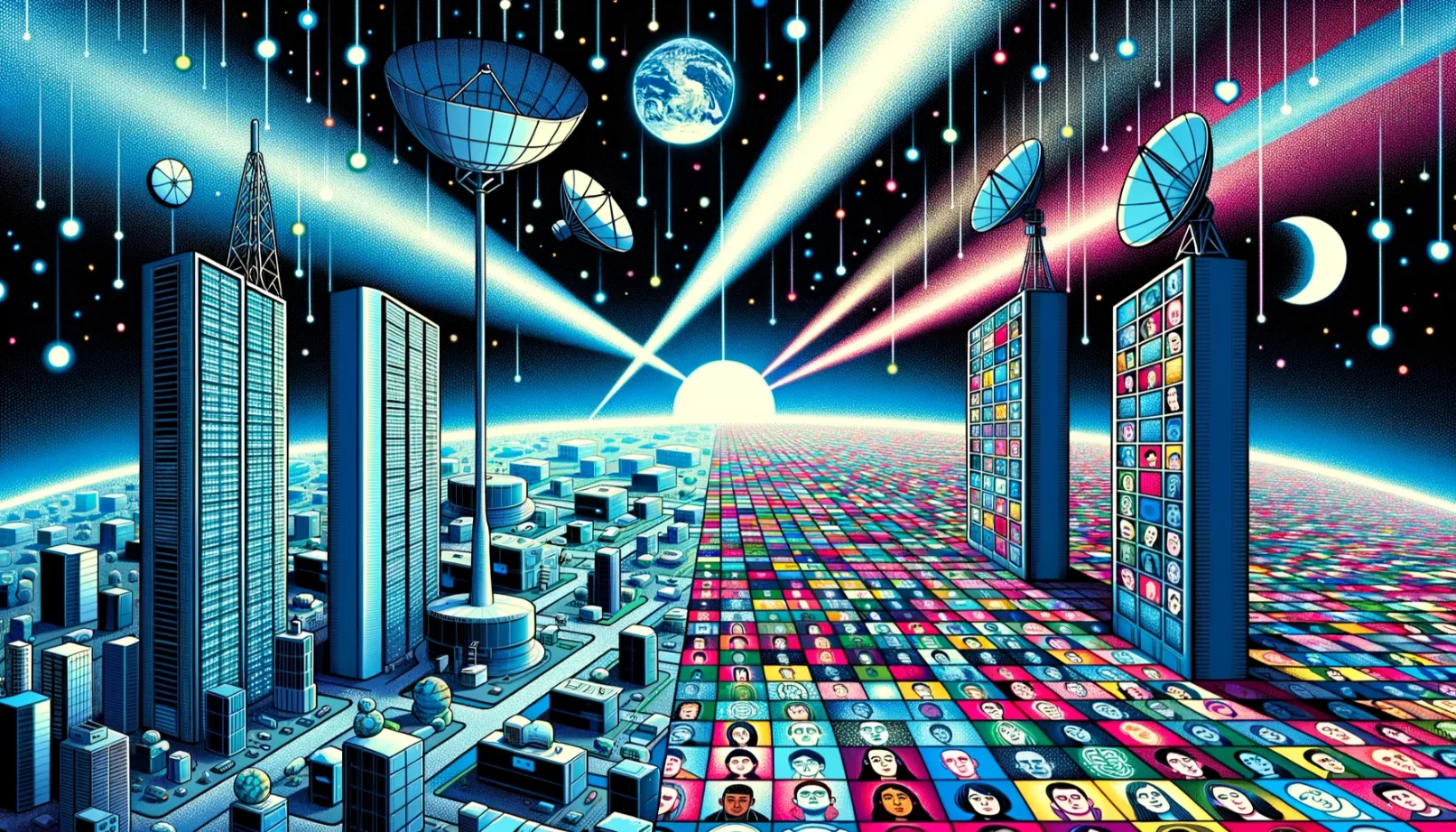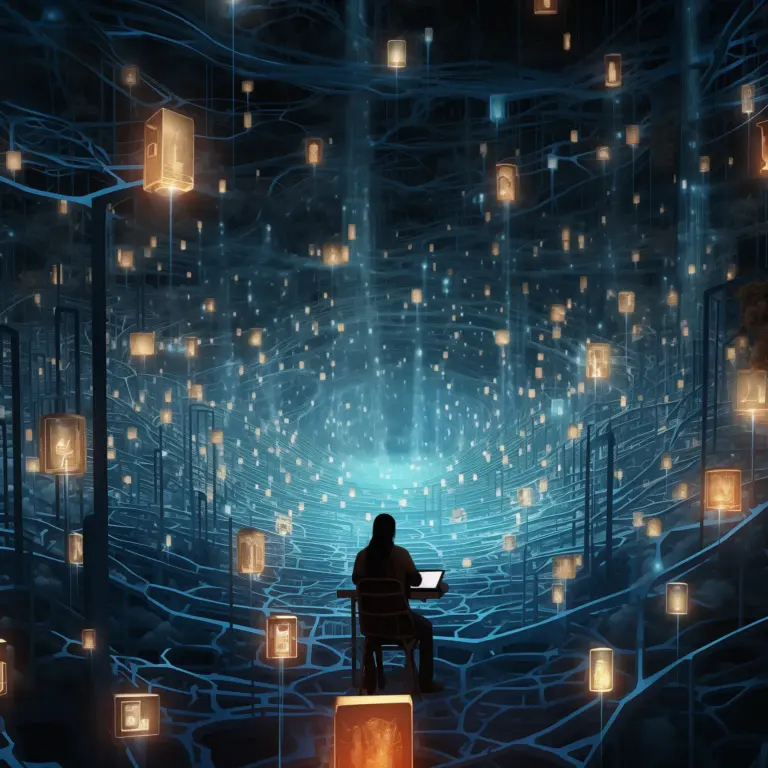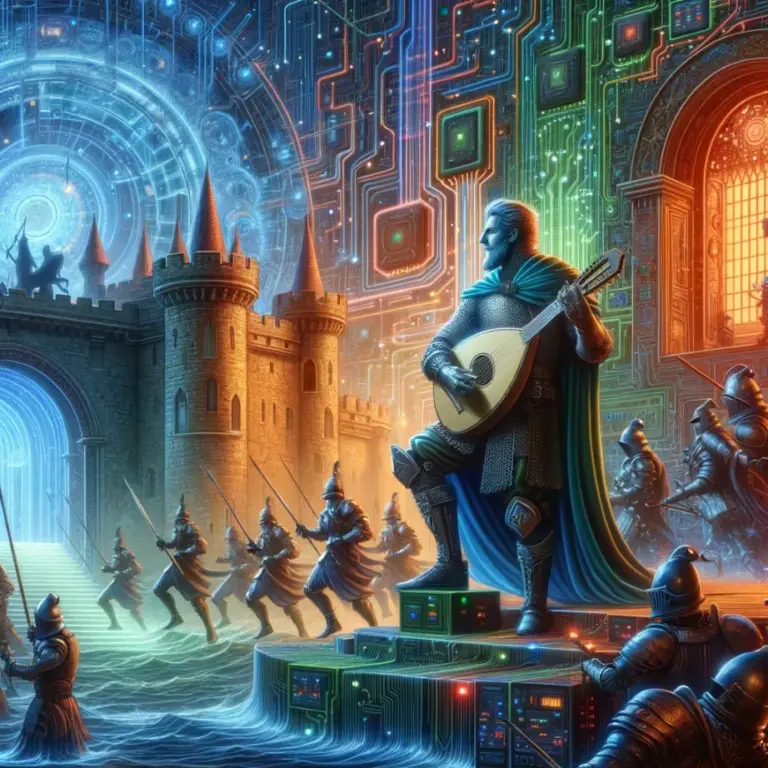Dalits battle caste-based cyber insecurity every day

Speaking against the oppressive caste system in late 2021, the prominent Indian Dalit journalist Meena Kotwal was met on Twitter with the Hindi slur ‘Chamariya’ that signifies dirtiness. Her experience is not isolated. Marginalised communities, such as the Dalits, are regularly demeaned and abused in cyberspace.
A statist bias in cybersecurity
In the 1990s, cyberspace began to be seen as a space to exercise state security. This led to the now widespread interpretation of cybersecurity as a subset of state security, protecting and promoting national interests in and through cyberspace.
Beginning in the 2000s, states started developing cybersecurity policies and strategies. ‘Cyber’ is now the fifth military domain after sea, land, space, and air. Many countries have allocated significant budgets toward building offensive and defensive military cyber capabilities, perpetuating the view of cybersecurity as protection against external threats.
Cybersecurity, however, is more than state security. The cybersecurity field overemphasises the security of states and underemphasises how it affects people, especially those most marginalised. People from marginalised communities, such as LGBTQI+, Black people, and Dalits, experience insecurity stemming from the extension of unequal social structures like patriarchy, gender, race, and caste to cyberspace.
Dalits and everyday cyber insecurities
Caste is an orthodox Hindu-created mythology and a hierarchical division of Indian society in which, out of four broad hereditary groups known as varnas, Dalits are “untouchable”. For non-Dalits, Dalits are permanently polluted. They can never redeem themselves, so non-Dalits should prevent physical or social contact with Dalits to protect themselves.
Caste is profoundly prevalent amongst South Asians offline and online. Offline, caste manifests itself in the form of discrimination, atrocities, lynching, hate speech, genocides, and rapes, which can be triggered by trivial episodes such as drawing water from a public well, sporting a moustache, or eating food at a ceremony. Online, caste discrimination ranges from casteist online matrimonial sites and dating apps to casteist trolls and caste-exclusive cyberspaces.
Around 260 million Dalits are impacted worldwide, with 200 million residing in India alone. Historically associated with India and South Asia, caste is now a global issue because the diaspora carries with them caste trauma worldwide. According to an Equality Lab survey in 2018, 1.5% of Indian immigrants to the United States are Dalits, a quarter of whom had faced verbal or physical caste-based assault. In the UK, the Dalit Solidarity Network, a non-profit organisation, campaigns to gather evidence against casteism – and has found cases of online harassment. For example, India’s leading matrimonial site Shaadi.com has allegedly reinforced caste-based discrimination with an option for Dalits to be left out of algorithms.
Dalits are discriminated against for merely going online. Research has shown that caste-based slurs and hate speech are widespread on Facebook, especially in reference to “traditional” occupations of Dalits, such as manual scavenging. Caste intersects with all other aspects of an individual’s entity, including their romantic relationships, and so regularly features as a filter on dating apps.
Dalits also face barriers in raising awareness about their increased cyber insecurity and increased risks to their safety when they do so. An individual I interviewed for my research told me that when he presents an argument online about the rights of the marginalised, he is often humiliated because of his surname (which makes his origins obvious) instead of receiving a logical counterargument. A Dalit community lawyer, also a Dalit rights activist, was allegedly killed in Gujarat because of his Facebook posts criticising the caste.
Caste-based cyber insecurity depends on the local context and is integrated into other political dynamics. The anti-caste civil society organisation Ambekar King Study Circle in the United States voiced its concerns on Twitter against the vetoing of the caste discrimination bill by California Governor Gavin Newsom, arguing that his actions bowed to the social and economic might of upper-caste Hindu groups in California. More generally, casteism is subtler among the diaspora in the United States than in South Asia, requiring more careful understanding and legal protection.
Reorienting cybersecurity
Dalit perspectives reveal a previously unseen connection between caste and cybersecurity absent from mainstream international cybersecurity discourses. In general, international cybersecurity perpetuates the White colonial and upper-caste male narrative, ignoring everyday cyber insecurities that Dalits face from the caste system. Dalit perspectives would help to challenge and resist grand narratives of statist cybersecurity, instead bringing into focus everyday cyber practices such as caste discrimination.
Dalit perspectives also help to advance more inclusive cybersecurity in other ways. In contrast to the international community’s understandable focus on high-profile but relatively rare state cyber operations, Dalit perspectives highlight the everyday insecurities this globally marginalised community faces in cyberspace. In addition, including Dalit perspectives in cybersecurity could shed light on other discriminatory practices, such as those based on gender or sexual orientation.
Overall, international cybersecurity cannot ignore the centrality of social structures like caste, which needs to be studied at global academic, policy, and institutional levels. More inclusive international cybersecurity would seek to understand and address everyday cyber threats from marginalised perspectives, such as Dalits. Dalits would thereby be able to use the web without fear of harassment, abuse and violence, becoming full online netizens and fulfilling their many and varied individual potentials.




